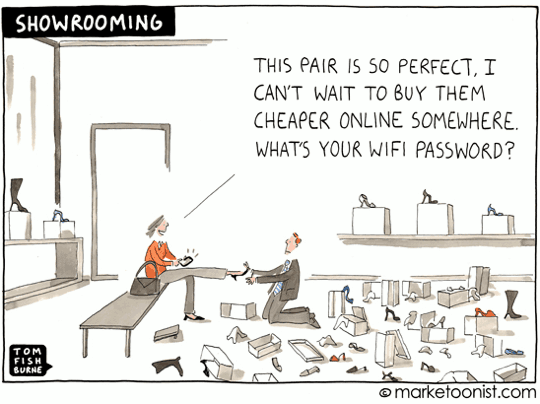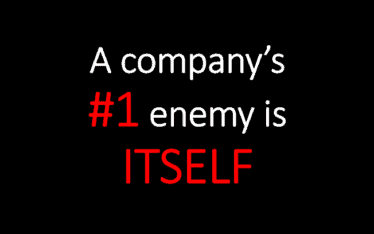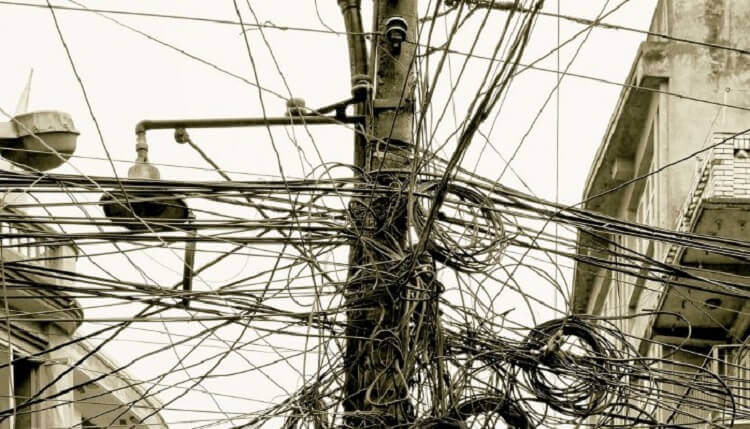Disruptive change is sweeping the British high-street retailers. Four big British high-street retailers had to call in administrators – a form of corporate insolvency – this winter as cash-strapped, web-literate consumers proved unforgiving of stores failing to adapt to fast-evolving markets.
#1 – Comet
Comet was founded in 1933 and began life selling batteries and radios. It was the second largest electricals retailer, but this did not stop the retailer from plunging into administration in 0ctober 2012. Comet’s demise is one of the biggest high street casualties of recent years. Up to 6,000 employees have been made redundant.
#2 – Jessops
The second chain to enter administration was photographic retailer Jessops, which was founded in Leicester in 1935. The company went into administration in the beginning of 2013. Within two days, administrators PricewaterhouseCoopers decided that Jessops could not continue as a going concern, so it closed the chain. As a result, 187 stores shut down, costing 1,370 jobs.
#3 – HMV
The third chain to enter administration this winter was music and entertainment retailer HMV. Its landmark store in London’s Oxford Street was opened in 1921, it appointed administrators in the beginning of 2013 – just five days after Jessops.
#4 – Blockbuster
DVD rental chain Blockbuster became the latest casualty this winter, with its British arm entering administration. The video rental business has 528 stores and employs 4,100 staff in the UK.
So what happened?
#1 – Digital
With strong growth of high-speed broadband over the past decade, online sales have exploded.
For some retailers, notably giant supermarkets such as Tesco, Sainsbury’s and Asda, this online revolution has opened a new channel for extra sales. For others, its spelled death, wiping out sales of, for example, singles and albums in favour of digital downloads.
Who can compete with the billions of tracks downloaded each year from Apple’s iTunes store? Or challenge Spotify, which has taken music listening and downloading by storm? Likewise, a tsunami of free, but illegal ‘pirate’ downloads has collapsed high-street sales of these items.
Netflix and Lovefilm let you see the latest blockbusters without heading to, well, Blockbuster. Forget singles and physical albums and films, because the future of entertainment is clearly online and digital.
#2 – Supermarket sweep
Another structural issue for the likes of HMV and Jessops is supermarkets muscling into their territory.
As supermarkets diversified into new product ranges, electronic goods appeared in-store and on their websites. Thanks to their huge size and scale, these retail Goliaths can undercut their specialist rivals on price, snatching business away from what were once market leaders in niche sectors.
#3 – The price of audio-visual goods has plunged
When competition is low and prices are high, retail margins stay fat and produce healthy profits. However, online retailing ignited a price bonfire that continues to this day, especially in the field of consumer electronics.
While the cost of living is rising, the price of audio-visual goods has plunged. In fact, these goods today cost a mere fifth of their cost in 1996, causing massive price deflation for electronics retailers. It’s hardly surprising that so many retailers in this sector are dying out.
#4 – Rapid product evolution and innovation
Thanks to innovation, PCs, smartphones and tablet computers rapidly evolve. These days, “must have” products are constantly being launched, leaving traditional retailers struggling to manage stock levels. On the other hand, online retailers with streamlined systems and superior stock control gain a competitive advantage when replacing unsold and outdated stock of consoles, tablets, phones and cameras.
#5 – Huge warehouses full of stock
As well as promoting lower prices, online retailers have huge warehouses full of stock. Instead of offering, say, 5,000 to 10,000 different products, their product ranges and stock levels are magnitudes greater. For example, Amazon has 1.5 million different books for sale – a range that cannot be matched by any high street outlet.
#6 – Browser
Stores also suffer from “browsers” – consumers who visit shops to compare goods, only to return home to buy their goods online at lower prices.
Also, given the lack of crowded aisles, checkout queues and busy car parks, is it any wonder that consumers prefer to go online, rather than wander around stores with dated and cramped interiors?
#7 – A bricks-and-mortar business costs vastly more
A bricks-and-mortar business costs vastly more to run than a website. Thanks to high rents, business rates and staffing costs, traditional retailers operate at a competitive disadvantage to nimble, web-based rivals.
Short URL & title:
Disruptive change is sweeping – failing to adapt — http://www.torbenrick.eu/t/r/csd
Share it:
If you enjoyed this article, please take 5 seconds to share it on your social network. Thanks!









About The Author
Torben Rick
Experienced senior executive, both at a strategic and operational level, with strong track record in developing, driving and managing business improvement, development and change management. International experience from management positions in Denmark, Germany, Switzerland and United Kingdom